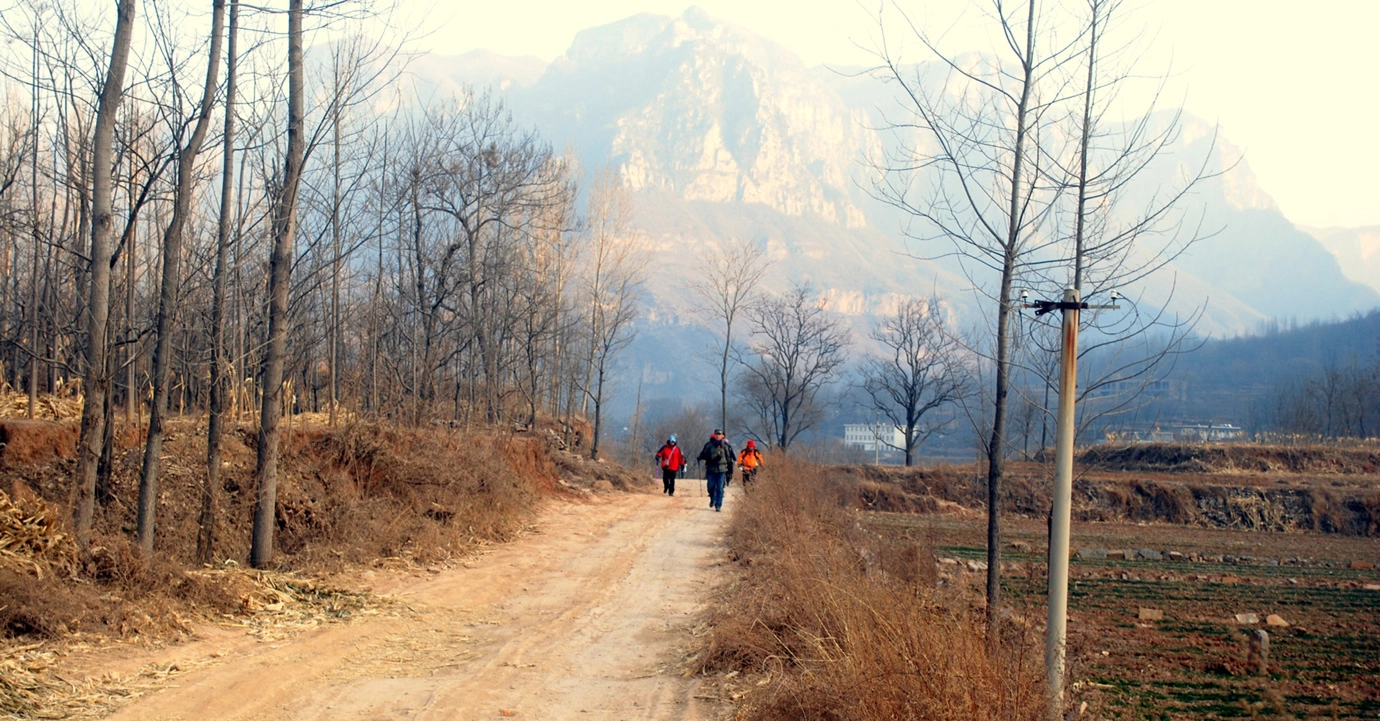AI, the Global South, & China’s Rural Areas†
Table of Contents
- China and the Global South
- “Comprehensive Revitalization” of Rural Areas
- Artificial Intelligence and China’s Rural Areas
Estimated Reading Time
- 6 min

(Publicdomainpictures.net)
China’s massive parade held in early September not only showed the country’s military strength but also led to signaling to the Global South that China’s science and technology capabilities may help the world’s less developed countries survive in the era of artificial intelligence (“AI”).
With a considerable proportion of their population facing rural challenges such as economic volatility and limited access to basic services, the Global South will observe intently how China introduces and implements AI-powered measures to modernize its own rural areas. China’s success on this front will help strengthen its relations with the Global South as the latter is likely to be interested in leveraging China’s experiences and support to accomplish modernization.
China and the Global South
A few days after China’s military parade was held, President XI Jinping delivered a speech at the BRICS Virtual Summit. Identifying the BRICS countries as “the first echelon of the Global South”, President Xi urged these countries to “jointly defend multilateralism, uphold the multilateral trading system, and promote the ‘Greater BRICS Cooperation’”. The president specifically suggested, inter alia, the need to “enhance the representation and voice” of the Global South and to enable the Global South to “fairly participate in international cooperation and share the fruits of development”. To help strengthen the foundation of the “Greater BRICS Cooperation”, President Xi urged the BRICS countries to pursue more joint achievements in various fields, including “economy, trade, finance, and science and technology”.
“To jointly accomplish modernization, President Xi identified the need for all these countries to strengthen cooperation in different fields such as […] AI.”
A week before the above speech was delivered, President Xi shared similar thoughts about cooperation at the 25th meeting of the Council of Heads of State of the Shanghai Cooperation Organization (“SCO”). He encouraged members of the SCO—which are, apart from China, Belarus, India, Iran, Kazakhstan, Kyrgyzstan, Pakistan, Russia, Tajikistan, and Uzbekistan—and more than a dozen “observer states” and “dialogue partners” of the organization to continue upholding the SCO spirit to “share opportunities and seek common development”. To jointly accomplish modernization, President Xi identified the need for all these countries to strengthen cooperation in different fields such as energy, infrastructure, scientific and technological innovation, and AI.
“Comprehensive Revitalization” of Rural Areas
Modernization and science and technology are also two key themes covered by President Xi, when he, together with other Chinese leaders, considers the path toward development for rural areas in China.
On the first day of 2025, the Central Committee of the Communist Party of China, together with China’s State Council, issued its first document of the year to share the Chinese leadership’s opinions about how to “solidly promote the comprehensive revitalization of rural areas”. The first sentence of the document reads: “To achieve Chinese-style modernization, [we] must accelerate the comprehensive revitalization of rural areas.” At the end of the same paragraph, the Chinese leadership vows to strive to “increase agricultural efficiency, increase rural vitality, and increase farmers’ income” so as to “provide foundational support for advancing Chinese-style modernization”. An important means to achieve these goals is the coordinated development of agricultural science and technology, with a focus on “supporting the development of smart agriculture” to “expand the application scenarios” of AI, data, and low altitude technologies.
Three weeks later, the Central Committee of the Communist Party of China and the State Council issued the Comprehensive Plan to Revitalize Rural Areas (2024-2027). The plan sets the goals to see “substantive progress” and “decisive progress” in the comprehensive revitalization of rural areas in China by 2027 and by 2035, respectively. In addition, by 2035, China’s “agricultural modernization will have been basically achieved” and the country’s “rural areas will have basically met the conditions for modern living”. To attain these goals, the plan emphasizes, inter alia, the need to “vigorously develop smart agriculture” and “improve the purchase of agricultural machinery and the application of subsidy policies”.
Artificial Intelligence and China’s Rural Areas
The role played by AI in the comprehensive revitalization of rural areas in China became clearer when the State Council issued last month a new AI plan to further the implementation of China’s “‘Artificial Intelligence +’ Actions”. The plan highlights several tasks related to the “acceleration of the digital transformation and upgrading of agriculture”:
- “to accelerate innovation in AI-driven breeding systems and support intelligent applications in agricultural fields such as planting and breeding”;
- “to vigorously develop intelligent equipment such as intelligent agricultural machinery, agricultural drones, and agricultural robots to […] strengthen platform-based and intelligent management of agricultural machinery and tools”; and
- “to strengthen the application of AI in agricultural production management, risk prevention, and other areas to help farmers improve their production and management capabilities and levels”.
“ […] Henan Province organized an advanced training course on key technologies and applications of AI-powered agricultural equipment. ”
Around the same time when the above plan was released, Henan Province organized an advanced training course on key technologies and applications of AI-powered agricultural equipment. Approximately 50 mid- to senior-level managers and professional technicians working in areas related to agricultural machinery received training on multiple topics, including the development of “intelligent green agricultural power”, intelligent technologies for controlling tractors, and modern methods for designing tractors based on digital technologies.
As cultivation of rural talents is one of the key tasks on which China focuses to help revitalize rural areas in China, more training programs similar to the above course organized by Henan Province are expected to be held across the country in the coming year.
All these AI-related measures to help modernize rural areas in China may serve as reference points for countries in the Global South as they chart their own paths. SCO member countries will particularly gain the benefits because China has committed to, among other support, providing in 2025 a total amount of RMB 2 billion in grants to SCO member countries, and doubling the number of existing scholarships beginning from 2026 to implement an innovative doctoral-level training program for students from SCO member countries. In a few years, it will be time to observe the impact of such support on the development in these countries and on their relations with China.
- The citation of this article is: The Editorial Board of SINOTALKS®, AI, the Global South, & China’s Rural Areas, SINOTALKS.COM®, SinoExpress™, Sept. 17, 2025, https://sinotalks.com/sinoexpress/ai-global-south-china-rural. ↩︎






